Optimal Timing for Land Clearing
Land clearing involves removing trees, brush, and debris to prepare a site for development, agriculture, or other uses. Timing plays a crucial role in ensuring efficient work and minimizing environmental impact. Understanding seasonal patterns and weather conditions can help determine the most suitable periods for land clearing projects.
Spring offers favorable conditions with moderate temperatures and increased daylight, making it ideal for clearing before the peak growing season.
Summer can be suitable in cooler regions, but high temperatures and dry conditions may pose challenges and increase fire risk.
Fall provides cooler weather and less rainfall, which can facilitate land clearing before winter sets in.
Winter is less ideal due to frozen ground and potential snow cover, which can hinder equipment operation and increase costs.

Equipment working in a clearing site during spring.
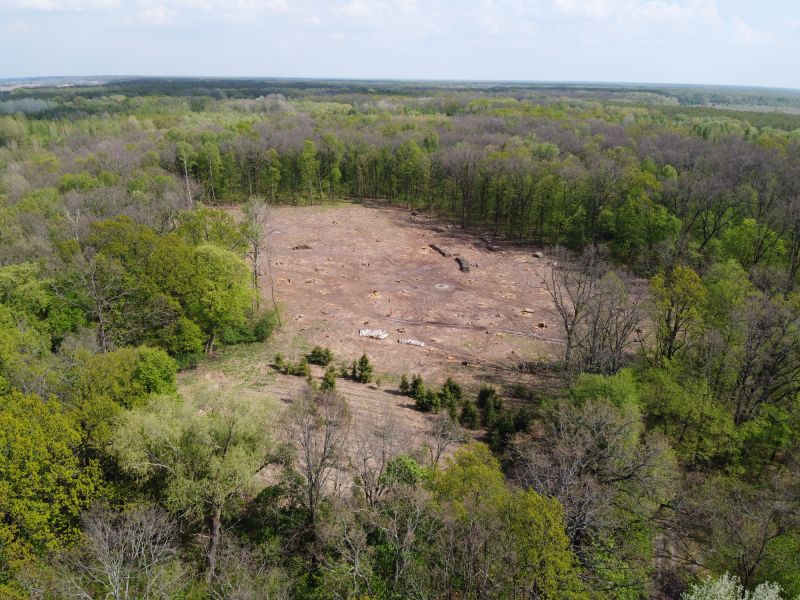
Clearing brush in summer conditions.
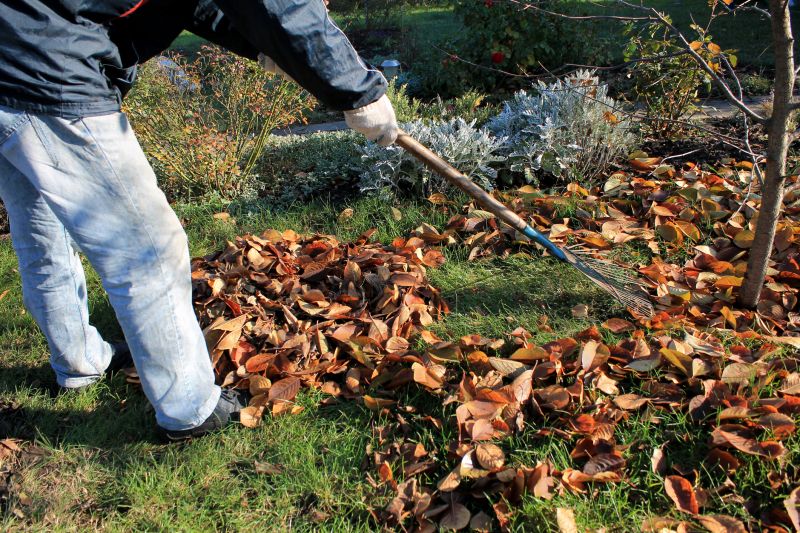
Preparing land in autumn.

Frozen ground during winter clearing.
| Season | Advantages |
|---|---|
| Spring | Optimal weather, longer days, and active vegetation growth. |
| Summer | Long daylight hours, but potential heat stress and fire risk. |
| Fall | Cooler temperatures, less rain, and preparation for winter. |
| Winter | Limited activity due to frozen ground and snow cover. |
Land clearing is a vital step in preparing sites for construction, agriculture, or other land uses. Proper timing can lead to cost savings, reduced environmental impact, and improved project outcomes. Seasonal considerations, weather conditions, and vegetation cycles all influence the most suitable periods for land clearing activities.
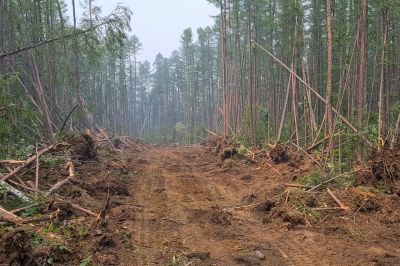
Clearing land in spring for upcoming projects.
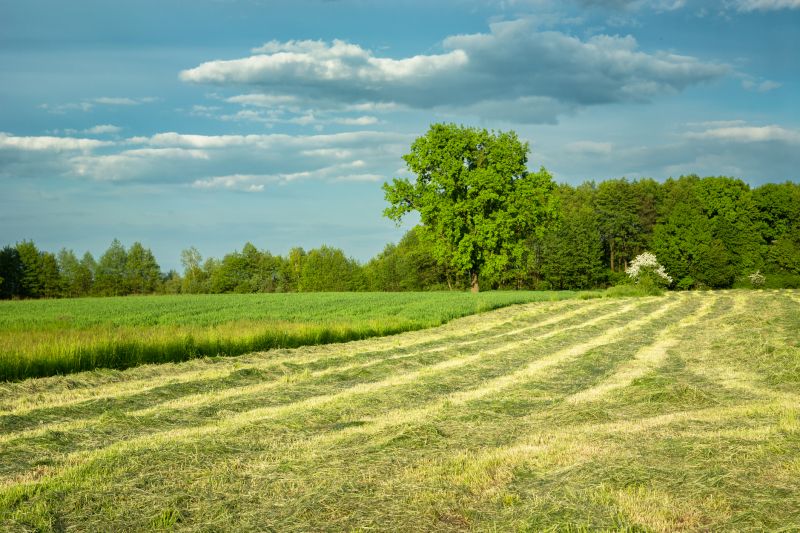
Managing cleared land during summer months.
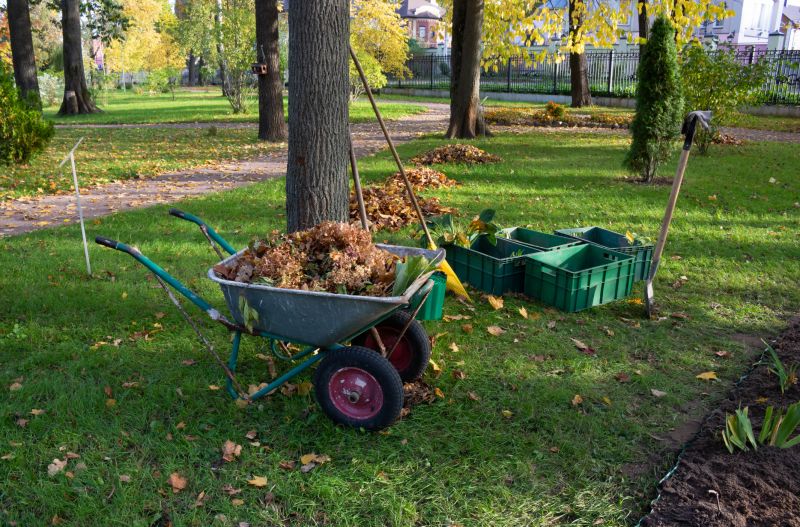
Final land clearing before winter.

Limited land clearing activities in winter.
Interested in land clearing services? Fill out the contact form to discuss project timing and requirements for land clearing in Bryan, TX.
